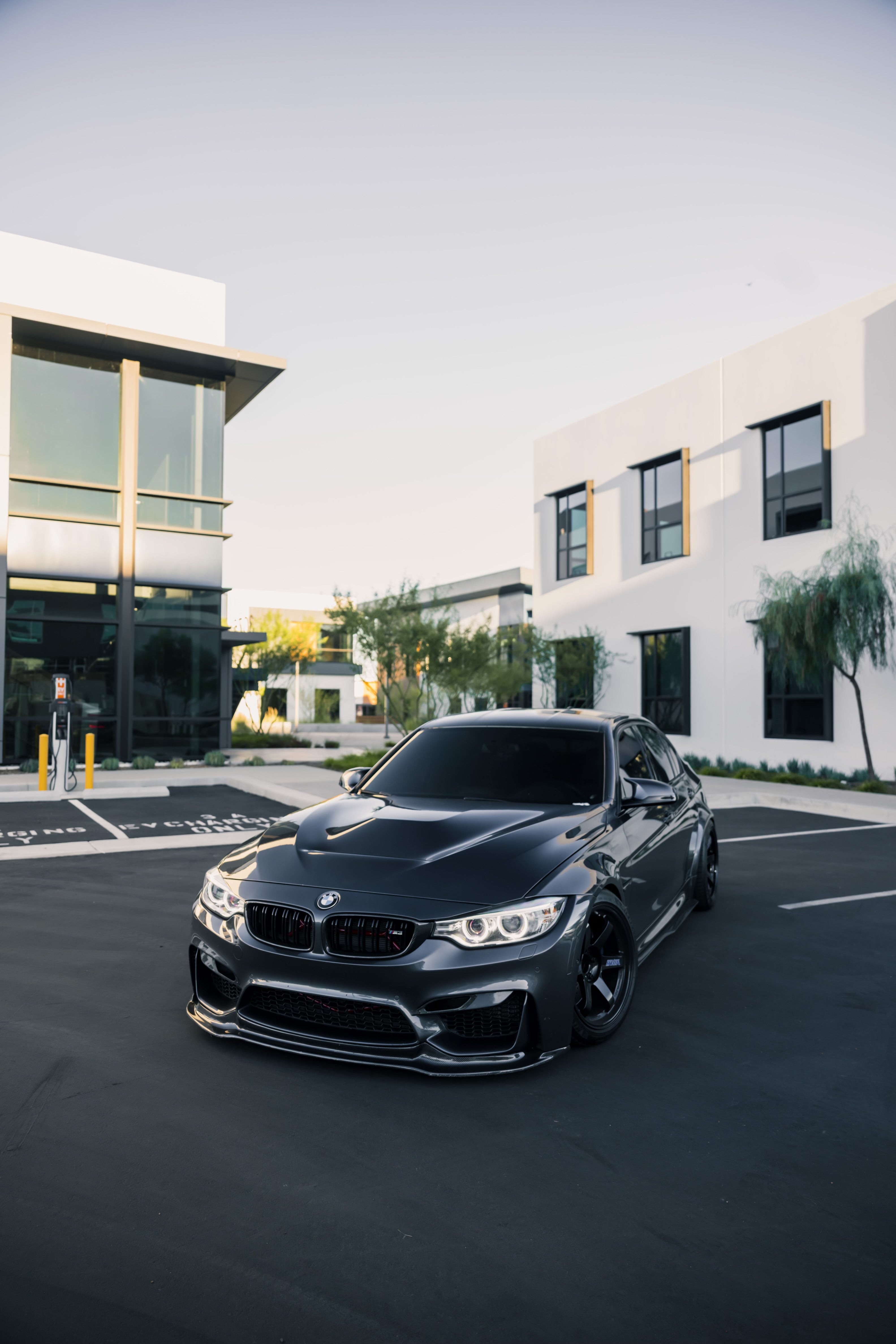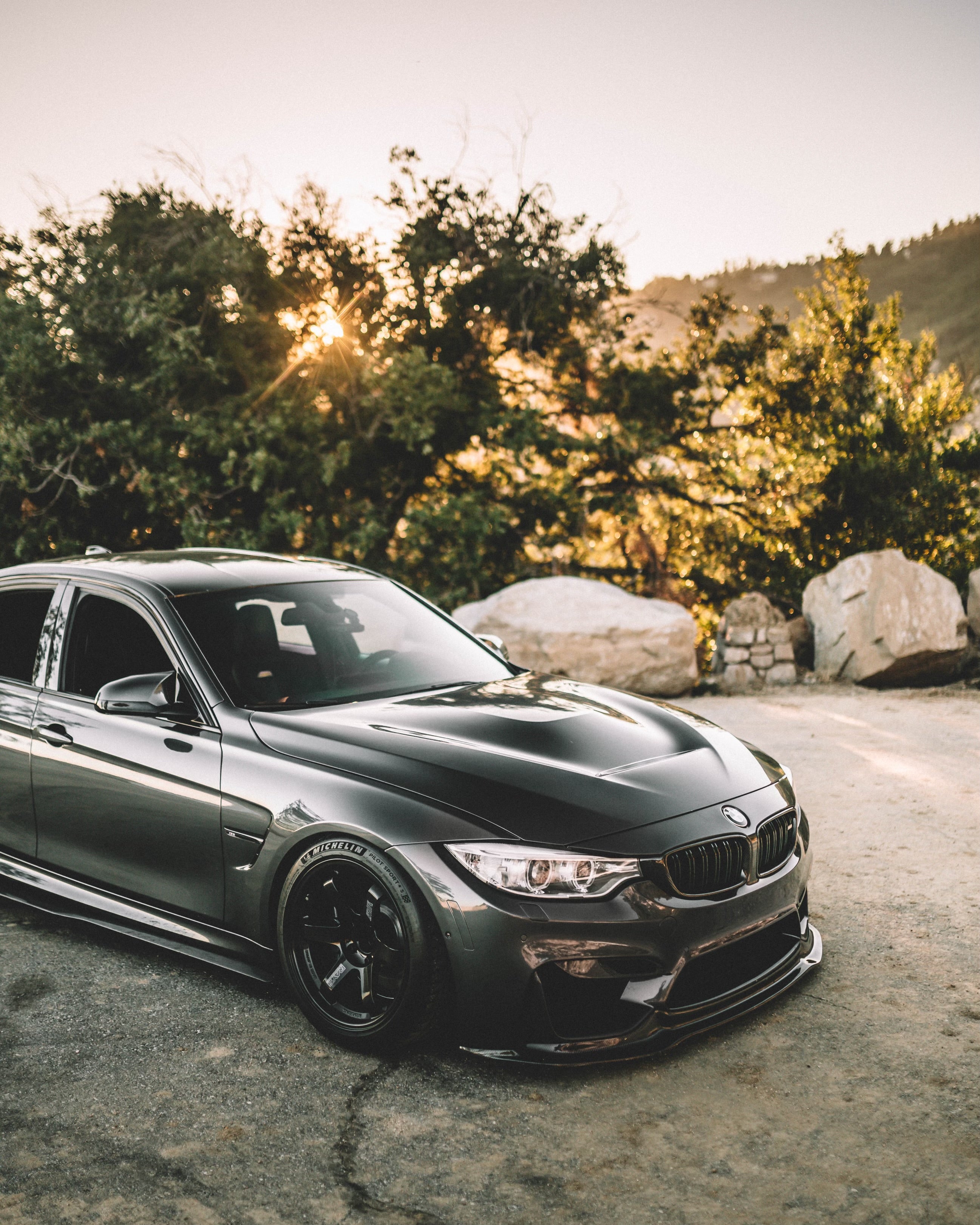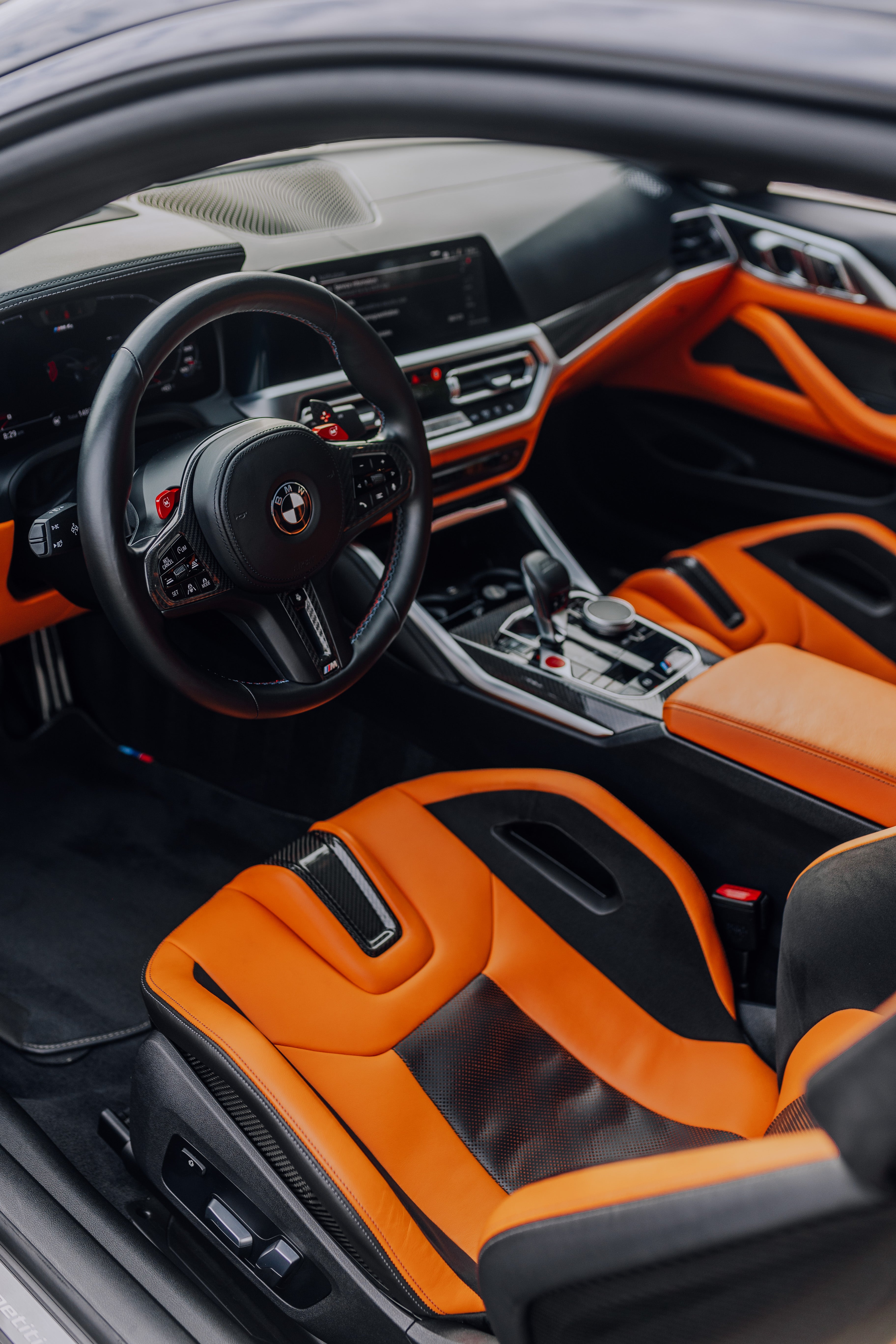
Transforming Dreams: A Journey Through the History of Car Modification
The allure of car modification has captivated automotive enthusiasts for decades. From enhancing performance to crafting unique aesthetics, car modifications have allowed individuals to transform their vehicles into personalized works of art. In this blog post, we embark on a journey through the rich history of car modification, exploring its evolution from a niche hobby to a global phenomenon.
Early Days: The Birth of Car Customization
Car modification can trace its roots back to the early 20th century. As automobiles became more accessible, people began experimenting with modifications to improve performance and style. In the 1920s, the concept of "hot-rodding" emerged in the United States, with enthusiasts modifying their vehicles to achieve higher speeds and better handling.
Post-War Era: Hot Rods and Customization Boom
The post-World War II era witnessed a surge in car customization. Veterans returning from the war had mechanical skills and a desire for excitement, leading to the rise of hot rods. These modified cars often featured powerful engines, unique bodywork, and custom paint jobs. Custom car culture gained momentum, with iconic figures like George Barris crafting legendary custom cars like the Batmobile.
The Muscle Car Era: Performance Takes Center Stage
The 1960s and '70s ushered in the golden age of American muscle cars. Enthusiasts sought more power and speed, leading to an array of engine swaps and performance modifications. Muscle cars like the Ford Mustang, Chevrolet Camaro, and Dodge Challenger became canvases for high-performance enhancements.
Import Tuner Culture: The Rise of JDM
In the 1980s and '90s, the import tuner culture emerged, largely influenced by Japanese Domestic Market (JDM) cars. Enthusiasts modified cars like the Honda Civic, Toyota Supra, and Nissan Skyline with aftermarket parts, turbochargers, and body kits. This era popularized the concept of "tuner cars."
The Fast and the Furious Effect
The turn of the millennium saw a cultural phenomenon with the release of "The Fast and the Furious" film series. These movies celebrated car modification, bringing it to the mainstream. The import tuner scene exploded, attracting a diverse range of enthusiasts and sparking interest in Japanese and European performance cars.
Modern Era: Technology and Personalization
Today, car modification has evolved into a global industry. Advances in technology have led to a wide range of aftermarket parts and accessories, making it easier than ever to customize vehicles. From engine tuning software to 3D-printed body parts, the possibilities are virtually endless.
The Future of Car Modification
Looking ahead, car modification shows no signs of slowing down. Electric vehicles (EVs) present new opportunities for modification, including battery upgrades and software tuning. Moreover, sustainability and eco-friendly modifications are gaining traction as enthusiasts seek to reduce their environmental impact.
Conclusion: A Timeless Passion
Car modification has come a long way since its inception, evolving with the automotive industry itself. What started as a grassroots movement has become a global phenomenon that continues to inspire creativity, innovation, and personalization. Whether you're a classic car enthusiast, a tuner, or a tech-savvy EV modifier, car modification remains a timeless passion that celebrates the marriage of art and engineering on four wheels. As we look to the future, one thing is certain: the spirit of car modification will continue to drive us forward.


